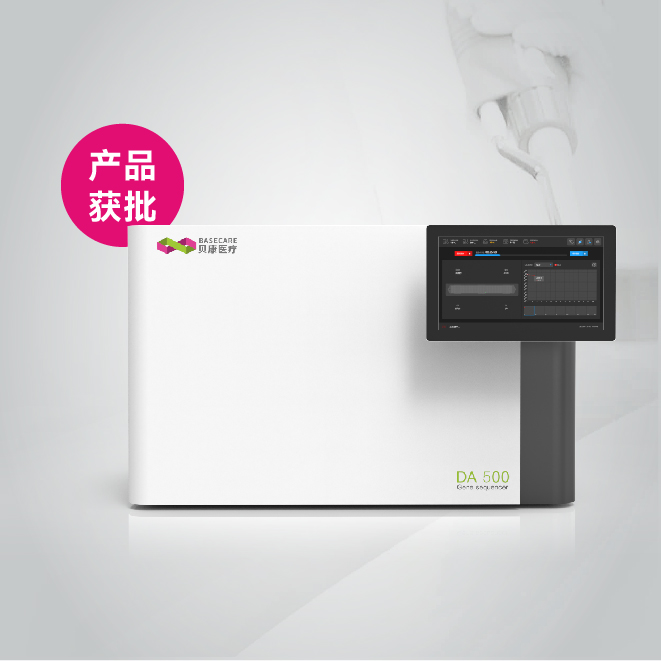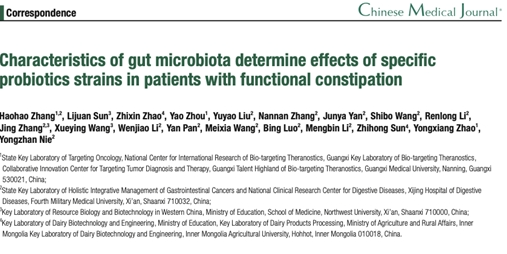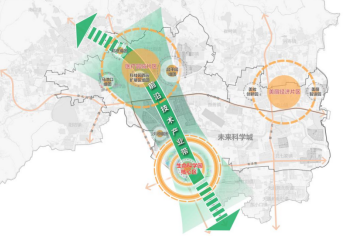Procedures for EPC (epithelioma papilloma cyprini) and Fat Head Minnow (FHM) cells; these cells will support several amphibian ranaviruses, including Ambystoma tigrinum virus (ATV) and Frog Virus 3 (FV3)
Cells are cultured in sterile plastic tissue culture flasks, available from Fisher Scientific, Corning, etc. or for some procedures, in sterile plastic well dishes.
Medium: Minimal Eagle’s medium (MEM) with 10% fetal bovine serum (FBS). Purchased from Sigma or other suppliers.
Culture of cells. All steps should be performed under a sterile biological containment hood:
1. Check cells with inverted light microscope to ensure no contamination and that they are confluent or 90% confluent. These cells adhere to the bottom of the bottle or dish.
2. Remove the medium from the flask by suction. This is best done with a long sterile Pasteur pipet without cotton plug, attached to a rubber hose that is attached to a vacuum pump. Between the vacuum pump and the pipet should be TWO 1 L or larger trap flasks, one to capture the medium and the second to act as a trap in case liquid should escape from the first. If liquid should go into the pump, it could damage the pump. Add several ml of chlorine bleach to the first capture flask to inhibit fungal contamination.
3. Rinse the cell layer 3 X with trypsin-versene solution. Remove excess with suction.
4. Let the flasks sit for 2- 5 minutes.
5. Rap the flask sharply against your hand to dislodge the cells. They should wash down the side of the flask.
6. Add fresh MEM + 10% FBS to dilute the cells. Use sufficient quantity of medium to inoculate at least one new flask and to re-fill the original flask-small flasks: 3-5 ml. Large T75 flasks: 10 ml. The dilution rate should be ca. 1:3 or 1:4.
7. Divide the cells into new flasks.
8. Incubate the cells at 18 °C to 25 °C under 5% CO2 in air in an airtight box.
Isolation of virus from infected amphibian tissue
1. If possible, choose an animal that is near death or recently dead. The ability to retrieve virus is reduced if the animal has been dead for many days.
2. Dissect a piece of body wall, tail or liver using alcohol-washed or sterile scissors and tweezers. Place in ca. 2 ml of MEM + 2% FBS + penicillin-streptomycin-neomycin (from Sigma or other supplier) (note, do not use 10% FBS) in a glass tissue grinder. Grind into a homogenate.
3. Centifuge homogenate slow speed for 3-5 min just until a pellet forms.
4. Filter supernatant through 0.45 μm filter into sterile vial.
5. Remove medium from flask or well of EPC cells, ca. 75-90% confluent.
6. Add 100-200 μl of homogenate to the bottle or well. Tip sharply or rock the bottle so that the material runs smoothly from one side to the other over the layer of cells. Repeat periodically for 1 hr.
7. Add MEM + 10% FBS + pen-strep-neo and incubate.
8. Observe for phase-bright spheres, lysing cells, cells releasing from the bottle, destruction of the cell layer (cytopathic effect). These are symptoms of virus. If there was significant virus concentration in the tissue, cytopathic effect should be seen within 2-5 days.
9. When the cell layer is nearly or completely destroyed, freeze cell-medium-virus mixture at –70 °C for future study.
10. To grow up more virus, thaw frozen preparation quickly at 37 °C, apply 200 μl to a flask from which medium has been removed. Rock for 1 hr as above. Add MEM + 10% FBS. Observe.
Counting virus: Plaque assay.
1. Culture cells in 6-well cell culture plates to ca. 90% confluence.
2. Quickly thaw and refreeze virus-containing sample 3X to release viruses from cells. Hold on ice when transporting sample and after thawing.
3. Dilute virus sample in MEM + 2% FBS in 1/10 dilutions from 10-1 to 10-7. Dilutions can be 100 μl sample + 900 μl of medium, stir gently, repeat for next dilution. Hold on ice.
4. Remove medium from cells.
5. Add 100 μl of sample to each well, in duplicates for each dilution. Include “mock” (no virus) control.
6. Rock for 1 hr.
7. Remove liquid from wells carefully to avoid cross-contamination.
8. Overlay with mixture of 1:1 double concentrate MEM + 20% FBS and 1.5% methylcellulose. Add 3-4 ml to each well.
9. Incubate under 5% CO2 in air.
10. Incubate at 18 °C (important! Warmer temperatures will not produce plaques.)
11. Observe every 3-5 days until cytopathic effect can be seen at highest concentrations. This may take 1 week or longer.
12. Stain with 5 drops 1% crystal violet in 10% buffered formalin per well. Swirl to distribute dye. Let sit for at least 10 min. Remove methylcellulose and excess stain by tipping the plate and carefully vacuuming off the medium but not the cells. Allow to dry.
13. Count “plaques”- small empty holes in the cell layer that are not stained. Average the number of plaques between the 2 wells of each dilution. Choose the dilution with between 5 and 50 plaques.
14. Calculate the concentration of virus in the original preparation: (average number of plaques) X (dilution factor) X (10) = concentration in original virus preparation.
Example, 5 plaques were found in one well and 6 in the other at 10-4 dilution. 5.5 X 10,000 X 10 (1/10 ml was assayed per well) = 550,000 viruses per ml in original preparation.







